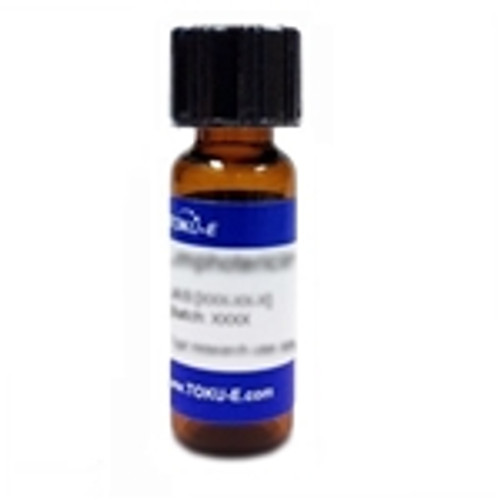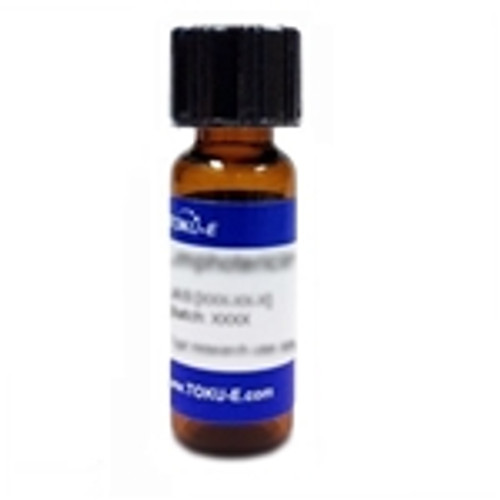Cytochalasin B is one of the most extensively studied members of a family of potent mycotoxins produced by several species of fungi. All members of the class exhibit profound effects on cytoskeletal proteins, giving rise to pronounced morphogenic activity in animals and plants. Despite the common mode of action, there is evidence that individual members of this class display diverse selectivity. However, lack of comparative co-metabolite analysis has restricted a more complete understanding of their individual selectivity.
Cytochalasin B is soluble in ethanol, methanol, DMF and DMSO.
Cytochalasin B is soluble in ethanol, methanol, DMF and DMSO.
| Mechanism of Action | Cytochalasin B exhibits potent inhibition of actin filament function leading to cell death by apoptosis, and displays a broad range of resultant cellular actions. |
| References | The structures of cytochalasin A and B. Aldridge D. C. et al. J Chem Soc 1967, 1667. Correlation between effects of 24 different cytochalasins on cellular structures and cellular events and those on actin in vitro. Yahara et al. J. Cell Biol. 1982, 92, 69. L-696,474, a novel cytochalasin as an inhibitor of HIV-1 protease. III. Biological activity. Lingham R. B. et al. J. Antibiot. 1992, 45, 686. |








